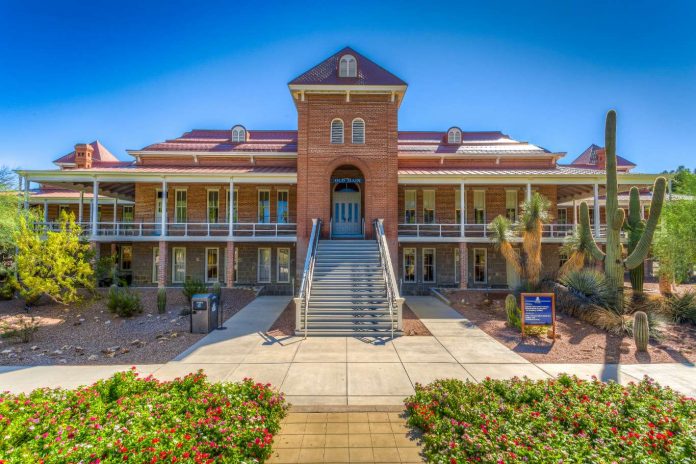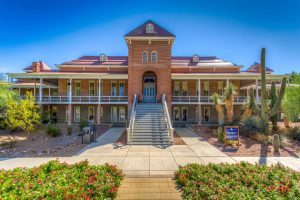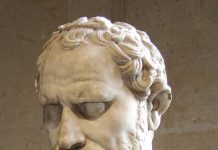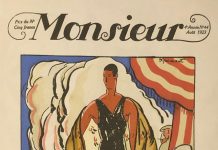
Review by Dr. M. Emanuele
This book, Historic Tales of Territorial Tucson by David Devine, could have been subtitled “Great Expectations,” even though there was no Miss Havisham.
Throughout Tucson’s history a high bar was continually set on its future endeavours and prospective growth. But time after time, due to mitigating circumstances – often brought on its their own misstep – Tucson missed the mark and thus fell short of its potential for greatness.
Devine begins by describing Tucson as “dry & sterile, hilly and scarcely fit for anything else than raising stock and mining.” Early settlers (the first were here in 1775) were unimpressed with what they found upon arrival. Far from “God’s little acre.” More akin to Dante’s inferno! By 1860 Tucson was a schizophrenic “settlement divided between Mexican families whose roots were land-oriented, and fearless white males interested primarily in seeking fortune and fame in the frontier.
The first misstep for the new Tucsonians was their allegiance with the Confederacy. “People of Arizona are loyal and devoted to the South.” At this juncture, Tucson lost many prominent businessmen who supported the Union; they left the town voluntarily. This was the first blow to Tucson’s future.
The next strike against unity in Tucson was the distrust, dislike and hatred of blacks and the Chinese who were brought in to work on the RR. “We hope that negro soldiers will not be brought to AZ – we desire our property and our lives protected by white men.” This xenophobia will come back to haunt Tucsonians and hinder their future growth.
Time after time, Tucson’s hopes of proposed railroad lines which were to bring prosperity were dashed and turned out only to be pipe dreams never to come to fruition.
By the 1890s bicycles and the first automobiles appeared in Tucson but use was limited due to the lack of usable roads. Speedway in 1911 was a dust road setup for the new-fangled auto-racing.
Tucson continued to lag behind because they refused to make use the talents and ingeniousness of the indigenous Indians. Tucsonians viewed them as “worthless, impractical, relentless barbarians who are absolutely incapable of civilization.”
In 1891, Arizona held a convention to join the Union but refused to give women the right to vote. Congress ignored the request for this backwater territory. By 1906, it was suggested Arizona join New Mexico and form one state. Tucsonians vehemently opposed this idea, so it remained a territory until 1912.
A ray of hope for Tucson glimmered when its climate was offered as a possible relief for tuberculosis. Hospitals and sanitariums sprung up overnight and proliferated at breakneck speed. This, however, was not the panacea that Tucson hoped for, but rather a double-edged sword. As more people flocked to the town with TB, many citizens became sick from it and unable to work. These transients seeking recovery from TB ran out of money shortly after arriving and became a burden in Tucson and its charities. The fleeting hope and prospect once again eluded Tucson.
By the early 1900s Tucson placed all its hopes on leisure sports to enhance its prosperity and draw tourism. Baseball, basketball, golf, bowling, rollerskating, swimming all flourished for a short time but petered out either for lack of money invested, or, for golf, no one wanted to play on a dirt course.
Many lavish homes were built in Tucson in the late 1890s and early 1900s. But due to the downturn in the national economy they were lost to foreclosure and forfeited. The one thing Tucson had going for its financial success were the 23 saloons that flourished, but then Prohibition struck and again Tucson took it in the gut.
In conclusion, as many times as Tusconians were knocked down, they were never down for the count. They just kept getting up again for another round. Never receiving the attention Phoenix got, Tucson has made a credible showing and proved to have the tenacity and git to fight another day. Tombstone is not the only AZ town that is too tough to die!
While the text could have been improved by adding more ‘bridging material’ from one topic to the next, this book leads the reader on a fascinating journey through Tucson’s early history, including presidential visits and the beginning of the university. It proved to be a fast read, and can actually be done in one sitting.
However, one glaring issue is the paper it is printed on. I found it difficult to read the print in fluorescent lighting – the glare was annoying, but the photographs are reproduced well. The book includes a 10-page bibliography for those who want to pursue further study into the history of our city.
Mr. Devine is a 1975 graduate of the Univ of Arizona. He began writing about Tucson’s history in 1995.
Historic Tales of Territorial Tucson 1854-1912 is $21.99 (softcover) by The History Press.













